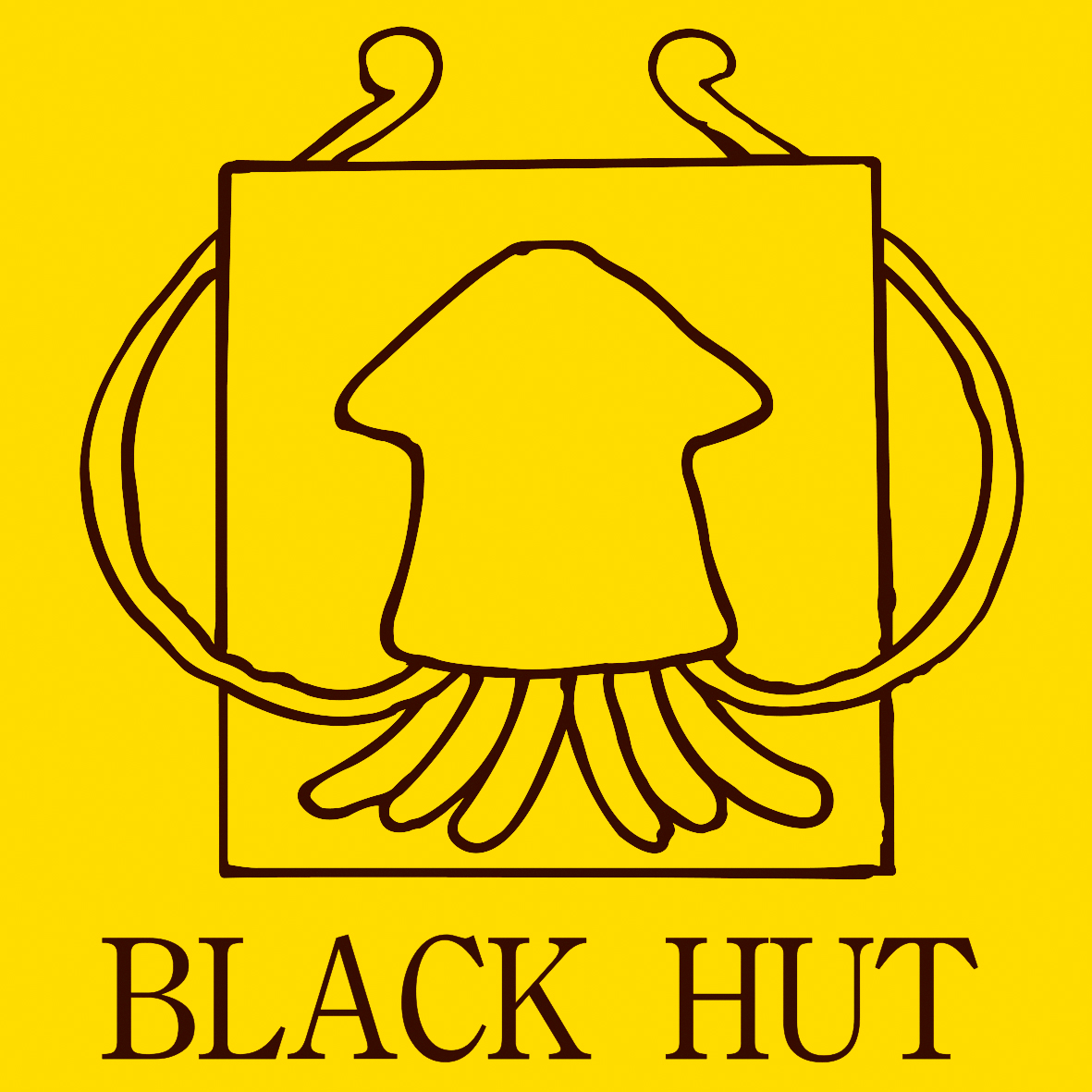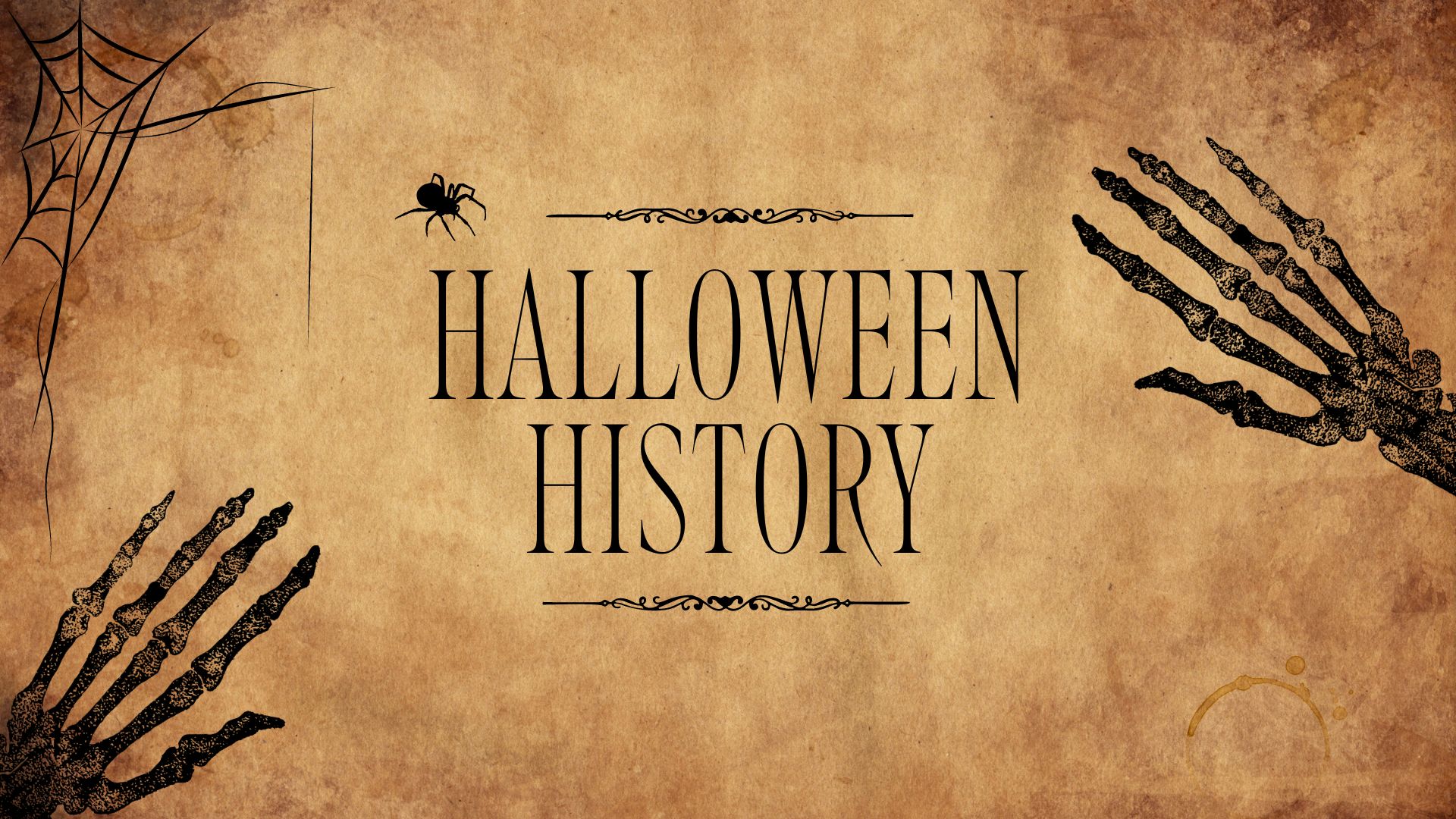As October creeps in, Halloween emerges as one of the most anticipated celebrations after Christmas. Blending ancient traditions with modern fun, it’s a time for carving pumpkins, wearing costumes, and embracing a playful sense of mystery. From trick-or-treating to haunted houses, Halloween offers excitement and a touch of spooky charm for all ages.
Meaning of Halloween
The word “Halloween” originated from “All Hallows’ Eve,” which means the evening before All Hallows’ (or All Saints’) Day, a Christian holiday celebrated on November 1st. “Hallow” is an old English word for “saint,” and “eve” refers to the evening before. Over time, “All Hallows’ Eve” was shortened to “Halloween.”
Spiritual Meaning of Halloween
The spiritual meaning of Halloween dates back to the Celtic festival of Samhain, when the veil between the physical and spiritual worlds was believed to be at its thinnest. People honored ancestors and protected themselves from spirits with rituals, costumes, and bonfires. Halloween symbolizes transformation, the life-death cycle, and facing fears. It invites reflection on life’s mysteries, mortality, and the unseen world, offering a time for introspection and spiritual connection.
When is Halloween 2024?
Halloween 2024 will be celebrated on Thursday, October 31st. Mark your calendars for a night of costumes, candy, and ghostly fun as the spirits come out to play on this frightful Thursday evening!
Unveiling Spooky Origins & History
Halloween’s History
Halloween’s origins can be traced back to the ancient Celtic festival of Samhain. The Celts, who lived around 2,000 years ago in what is now Ireland, the United Kingdom, and northern France, celebrated their new year on November 1. This day marked the end of summer and the harvest, and the beginning of the dark, cold winter—a time often associated with human death. The Celts believed that on the night before the new year, the boundary between the worlds of the living and the dead became blurred. On the night of October 31, they celebrated Samhain, when it was believed that the ghosts of the dead returned to Earth.
Is Halloween a Christian Holiday?
Halloween is not originally a Christian holiday, but it has been influenced by both pagan and Christian traditions. It began as the Celtic festival of Samhain, marking the end of the harvest and a time when it was believed that spirits could cross into the world of the living. In the 8th century, the Christian Church established All Saints’ Day on November 1, with All Hallows’ Eve (Halloween) on October 31, to honor saints and martyrs, blending with earlier pagan customs. While its origins are pagan, the holiday has evolved to include both Christian elements and secular practices, making it a blend of cultural influences rather than strictly a Christian holiday.
Do Christians Celebrate Halloween?
Christians have varied perspectives on celebrating Halloween, and their participation depends on personal beliefs, cultural background, and denominational views.
Some Christians celebrate Halloween as a fun, secular holiday, enjoying activities like trick-or-treating, dressing up, and community events without engaging in the darker or more supernatural elements of the holiday. They may see it as a cultural tradition with no harmful spiritual significance, focusing instead on family-friendly activities or church-hosted events like “harvest festivals” or “trunk-or-treat.”
Other Christians avoid Halloween altogether due to its associations with paganism, the occult, and themes of death and darkness. They may be concerned about the holiday’s focus on supernatural elements or believe it contradicts biblical teachings about avoiding practices linked to fear, darkness, or witchcraft.
What does the bible say about Halloween?
The Bible does not address Halloween directly since the holiday came many years after the text was written; however, some verses relate to the supernatural, darkness, fear, and death, offering insight into how Christians might view certain themes associated with the holiday. For instance, verses like
Ephesians 5:11 caution believers to “have nothing to do with the fruitless deeds of darkness, but rather expose them,” emphasizing the need to avoid practices linked to evil or the occult.
2 Timothy 1:7 reminds us that “God has not given us a spirit of fear, but of power, love, and a sound mind,” encouraging a focus on faith and strength rather than fear and superstition.
Deuteronomy 18:10-12 warn against engaging in practices like divination, sorcery, or consulting with the dead, as these are considered detestable to God. Though the Bible does not mention Halloween, these verses provide guidance on maintaining a perspective of faith, righteousness, and trust in God’s protection, rather than embracing symbols or customs rooted in fear, darkness, or the supernatural.
How Did Halloween Start in America?
Halloween has long been popular in America; however, it wasn’t until the 19th century, when Irish and Scottish immigrants arrived in the United States, that it truly began to take shape. These immigrants brought with them the traditional Samhain festival, and as their communities grew, Halloween evolved, blending old-world traditions with new American influences like costumes, trick-or-treating, and spooky foods.
Why are black and orange the traditional Halloween colors?
Black and orange are the traditional colors of Halloween because they represent key elements of the holiday’s themes and origins. Orange symbolizes the fall harvest and the season of autumn, as Halloween takes place during a time when the leaves turn orange, and pumpkins, especially jack-o’-lanterns, are prominent symbols. It also evokes the warmth of bonfires and candlelight, which were central to ancient celebrations of Samhain, the Celtic festival from which Halloween evolved.
On the other hand, black represents death, darkness, and the supernatural, all of which are core aspects of Halloween’s association with the afterlife and the unknown. The color black also heightens the sense of mystery and fear, creating an eerie atmosphere that complements the holiday’s focus on spirits and ghostly encounters. Together, black and orange symbolize the blend of life and death, light and darkness, and the transition from the abundance of the harvest season to the cold, dark winter ahead.
Where does Jack- O- Latern come from?
The Jack-o’-lantern tradition comes from an Irish legend about Stingy Jack, a man who tricked the devil and was condemned to roam the earth with a lantern made from a hollowed-out turnip. People in Ireland and Scotland carved their own turnip lanterns to ward off spirits. When Irish immigrants arrived in America, they began using pumpkins, which were easier to carve. This evolved into the modern practice of carving pumpkins for Halloween.
Haunted Traditions: Costume, Trick-or-Treating, & Black Food
Halloween is rich with traditions, many of which have their roots in ancient practices and folklore. Some of these customs have evolved over time, blending various cultural elements.
- Costumes: Wearing costumes during Halloween has several origins. One theory is that it stems from the Celtic practice of disguising oneself to ward off evil spirits. Another theory is that it evolved from the medieval tradition of “mumming” or “guising” where people would dress up and go door-to-door, performing songs or tricks in exchange for food or money.
- Trick-or-Treating: This tradition has various origins, including the medieval European custom of “souling” where poor people would go door-to-door on All Hallows’ Eve (October 31) asking for food in exchange for prayers for the dead. The modern practice of trick-or-treating became popular in the U.S. in the 20th century.
- Black Food: Black food has become a major new trend for Halloween. It symbolizes the macabre and mysterious aspects of the holiday. The color black is traditionally associated with death, darkness, and the supernatural, making it a fitting choice for Halloween-themed dishes. Black food adds a dramatic touch to Halloween celebrations, enhancing the eerie and ghostly atmosphere of the holiday.
Fun Facts About Halloween
Halloween has always been fun and full of celebration. However, some fun facts are often overlooked, so here’s the perfect chance to brush up on your knowledge!
- The Largest Pumpkin Ever: The world record for the largest pumpkin was set in 2021, with a whopping 2,703-pound pumpkin grown in Italy. Pumpkins are a major part of Halloween decor and fun competitions!
- Candy Corn Was Originally Called “Chicken Feed”: Invented in the 1880s by George Renninger, candy corn was initially marketed as “Chicken Feed” because of its corn-like appearance and was sold with the slogan, “Something worth crowing for.” It became a Halloween staple in the 20th century.
- Halloween is the Second Highest-Grossing Commercial Holiday: In the U.S., Halloween comes in second only to Christmas when it comes to holiday spending. People spend billions of dollars annually on costumes, decorations, and candy.
- Owls Were Once Thought to Be Witches: In medieval Europe, owls were associated with witches. People believed that when they heard an owl’s call, it meant that a witch was nearby, watching over them.
- Full Moons on Halloween Are Rare: Even though Halloween is often associated with eerie full moons, they don’t happen often on October 31st. The last time a full moon occurred on Halloween was in 2020, and the next one won’t be until 2039.
Conclusion
All in all, Halloween blends ancient traditions with modern customs, originating from the Celtic festival of Samhain. It has evolved into a celebration of costumes, trick-or-treating, and spooky fun, symbolizing life, death, and the supernatural.

